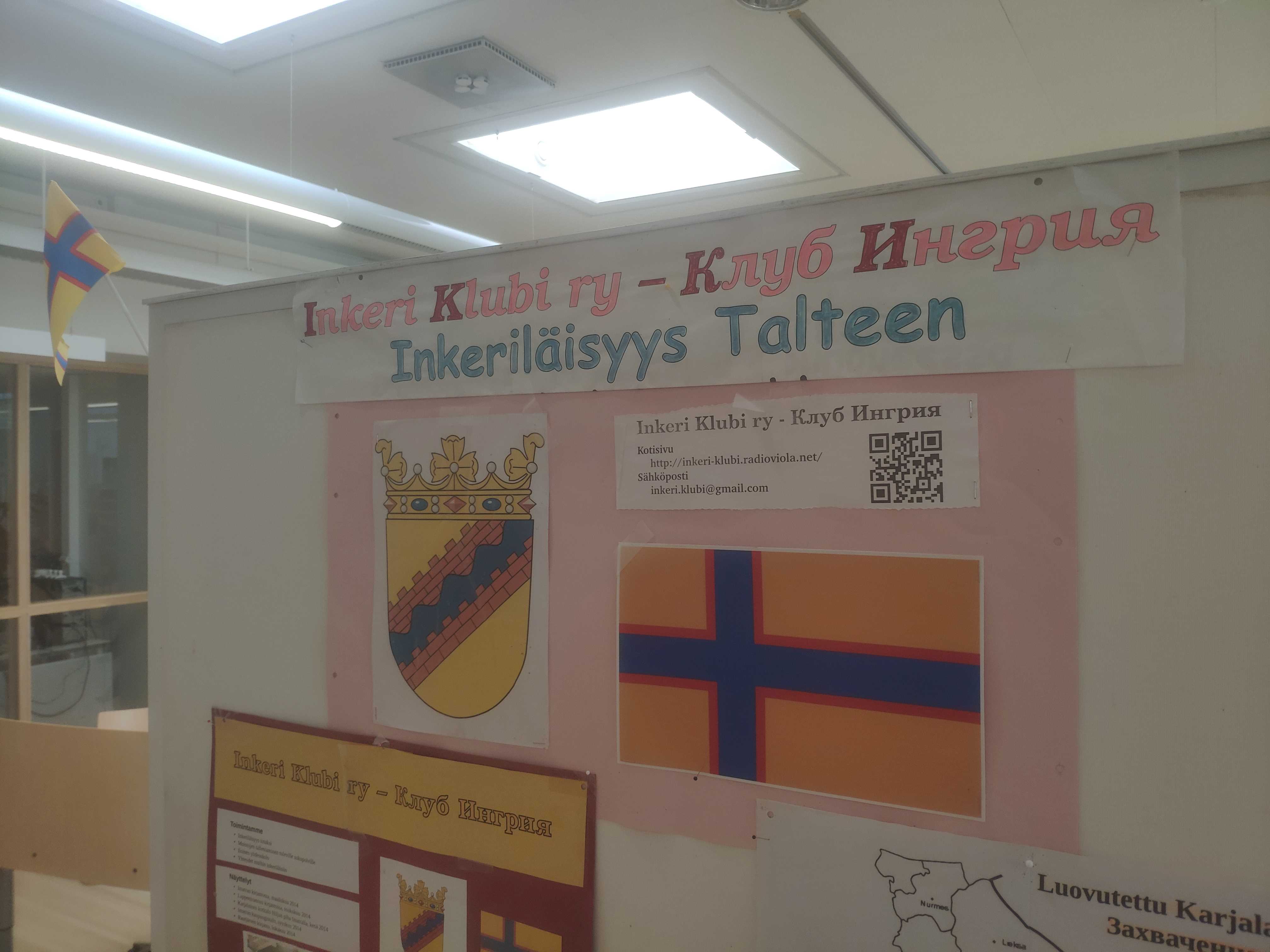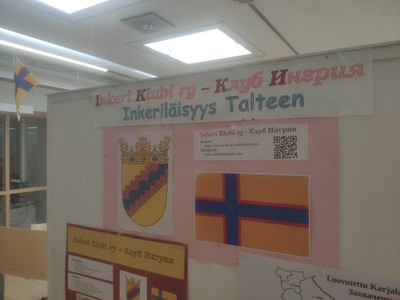Zum Profil

Integration und Assimilation von Spätaussiedlern

JIREP/BLIN
The topic of the project - ethnic return migration - is a significant phenomenon in global migration and highly relevant topic for migration studies, population geography and cultural geography. In total, there are about 40 countries which have implemented repatriation legislation or programmes.
Germany and Finland are particularly interesting cases for this kind of comparative study because both have similar groups of ethnic return migrants (Spätaussiedler and paluumuuttaja) which have re-migrated from Russia after the fall of the “iron curtain”. They both are descendants of emigrants from the 17th and 18th century who maintained significant elements their original culture in Russia and the USSR over centuries. Both groups were granted citizenship on an ethnic and cultural rationale (being part of the respectively German and Finnish people) after returning into their “homeland”. However, it occurred that they are rooted in more than one cultural sphere despite their legal status as Germans/Finns. Hypothetically, these migrants should assimilate rather fast and smoot in German and Finnish society. In practice, re-patriates encounter similar challenges concerning integration alike other migrants. Discrimination, difficulties in recognition of professional qualifications and educational achievements as well as the adaption in everyday life are typical problems. They are often perceived as a migrant group by the local population instead of being treated as fellow citizens. The study is framed within the broader academic literature on citizenship, integration and assimilation and multiculturalism. It is assumed that the specific configuration for Spätaussiedler and paluumuuttaja, in between ‘official’ ethnicity-based citizenship and quite ‘ordinary’ everyday challenges of immigrants, is a major challenge for identity building and self-attribution. However, their situation is distinct from other migrants with temporally residence permits or foreign passport or a different cultural background.
The added value of the research stems from the fact that the two countries represent relatively different socio-cultural contexts in terms of immigration. Germany has a much longer history of strong immigration, and its ethnic composition is more heterogenous and segregated than Finland’s which presumably leads to different preconditions for integration. Furthermore, joining specific knowledge of the researchers and experiencing these contexts during exchange periods make it possible to approach the topic most efficiently and understand it more deeply. The comparative approach enables to generate a broader understanding of different forms of assimilation and hybrid identities. Thus, general conclusions can be made, which are not limited to either Finland or Germany. The results will be relevant for the international research literature on migration and integration as well as for political and public discourse on national and international levels. The topic of integration and its potential “speed” is of high relevance in European countries, latest since the sudden arrival of a significant number refugees in 2015.






